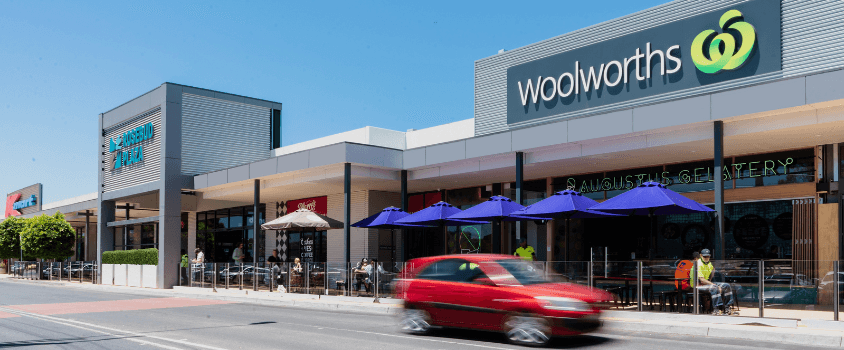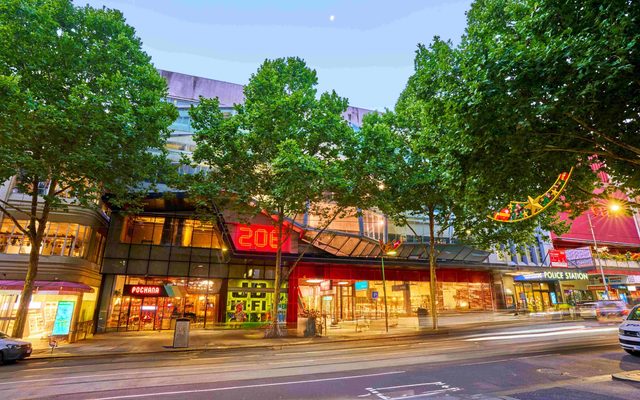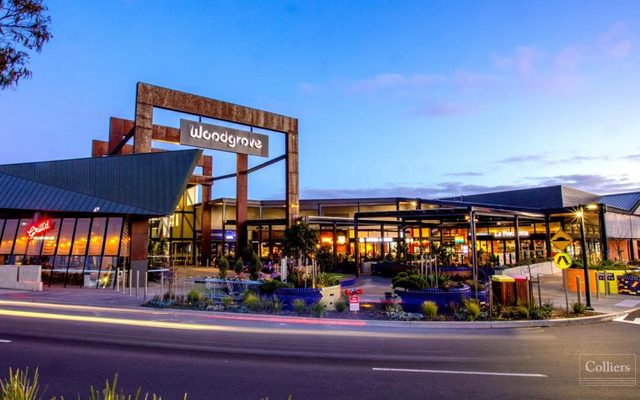This article is from the Australian Property Journal archive
THE Charter Hall Retail REIT (CQR) has offloaded $225.5 million worth of shopping centres in Adelaide’s Morphett Vale and Rosebud, on the edge of Melbourne, in line with book valuations following unsolicited off-market offers, as major retail asset sale numbers continue their modest improvement.
Southgate Square in Morphett Vale has traded for $91 million with settlement expected in February. The 15,835 sqm centre is anchored by Aldi, Coles and the only Target store in the south, and underwent a refurbishment in 2016, having been built in 1968. It is listed on CQR’s website with a weighted average lease expiry (WALE) of 4.9 years, and has 753 car parks.
The recently refurbished Rosebud Plaza has sold for $134.5 million with a June settlement anticipated. Anchored by Coles, Kmart and Woolworths, the 23,333 sqm Mornington Peninsula asset has over 60 specialty retailers including national brands such as Sussan, Jay Jay’s, Specsavers, Williams and Bonds, and a 4.0-year WALE. It has 1,070 parking spaces.
CQR’s pro-forma balance sheet gearing is expected to reduce from 29% to approximately 25% post-settlement of the transactions.
“These sales demonstrate CQR’s ongoing active asset management and focus on improving portfolio quality while maintaining balance sheet strength,” Charter Hall Retail CEO Ben Ellis said.
He the said the proceeds less transaction costs will “strengthen the balance sheet optionality that CQR has traditionally had through the ownership of liquid convenience retail assets”.
CQR reaffirmed its FY24 operating earnings guidance of about 27.4c per unit. The distribution payout ratio range is expected to be 90 to 95% of operating earnings.
Transaction numbers rise
The modest improvement in the number of shopping centre transactions continued over the past three months, albeit off a low base, and there are few signs that a meaningful upswing is taking place, according to the latest report from The Data App.
Numbers for the three months to November show transaction volume increased to nine per month from six per month a year earlier, while the total value of deals lifted 22.1% to $402.225 million, and the volume of deals per sqm
“There was a modest uptick in shopping centre transactions in November – albeit from a very low base. However, there are few signs yet that a meaningful upswing is unfolding,” said Rob Ellis, director of The Data App.
“It remains the case the bulk of the transactions are for neighbourhood centres, although there is quite a bit of noise that a number of large centres are in DD.”
Yields have gravitated to around 6.5%, about 75 basis points higher than a year ago.
Shopping centre transactions continue to be dominated by smaller retail assets and neighbourhood centres, reflected in the smaller increase in both the volume and value of transactions compared to the number.
Among the bigger deals in the three-month period were Vicinity Centres grabbing back the other half-share in Sydney’s Chatswood Chase for $307 million, and property fund manager ISPT – which is shopping a separate national portfolio of retail assets – offloading the Brisbane home of fast fashion giants H&M and Uniqlo for $145 million.
More recently, a private investor buying HomeCo Daily Needs REIT’s HomeCo Box Hill for $67.5 million, and Torquay Village neighbourhood centre selling for around $50 million.
The Data App figures show that over the past 10 years, on average, 11 shopping centres transacted each month; so far the average in 2023 is seven, similar to the early throes of COVID.
“Similar to the pandemic period there is an expectation of weaker spending in the period ahead. However, unlike the pandemic period, consumers are free to venture to the shops,” Ellis said.
Weaker inflation has seen long-term conventional bond yields drift down from 5% to below 4.5% over November. However, Ellis said that in the “bigger scheme of things, in an environment where the central bank is endeavouring to engineer a slowing in consumer spending, the implied risk premium of commercial retail property remains well below its long-run average”.
Ellis said there is no clear way of knowing what the correct level of the risk premium should be, due to cyclical swings and structural changes.
“Simply mean reversion back to its long-run average would imply cap rates well in excess of 7%; unless, of course, bond yields fall sharply.”





